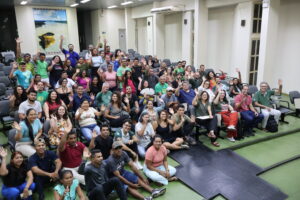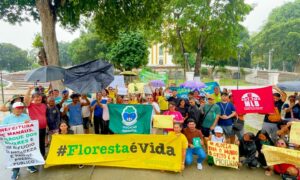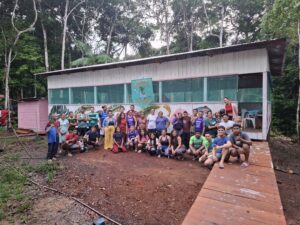Juruá beings work to create monitoring protocol for fishing agreement in the state of Amazonas
By Valdenor Magalhães and Maria Julia Ferreira
Translated by Laiane Lessa
A fishing agreement is a pact between countries, regions or communities aimed at regulating the exploitation of fishing resources in a specific area or hydrographic basin. These agreements usually establish rules and guidelines for sustainable fishing, targeting the conservation of aquatic ecosystems and the maintenance of fish populations. The Amazon basin shelters thousands of fish species, many of which are endemic, meaning they can’t be found anywhere else in the world. This biodiversity not only sustains indigenous people and riverside communities for thousands of years, but also plays a crucial role in the natural cycles of the region, contributing to the health of the terrestrial and aquatic ecossistems.
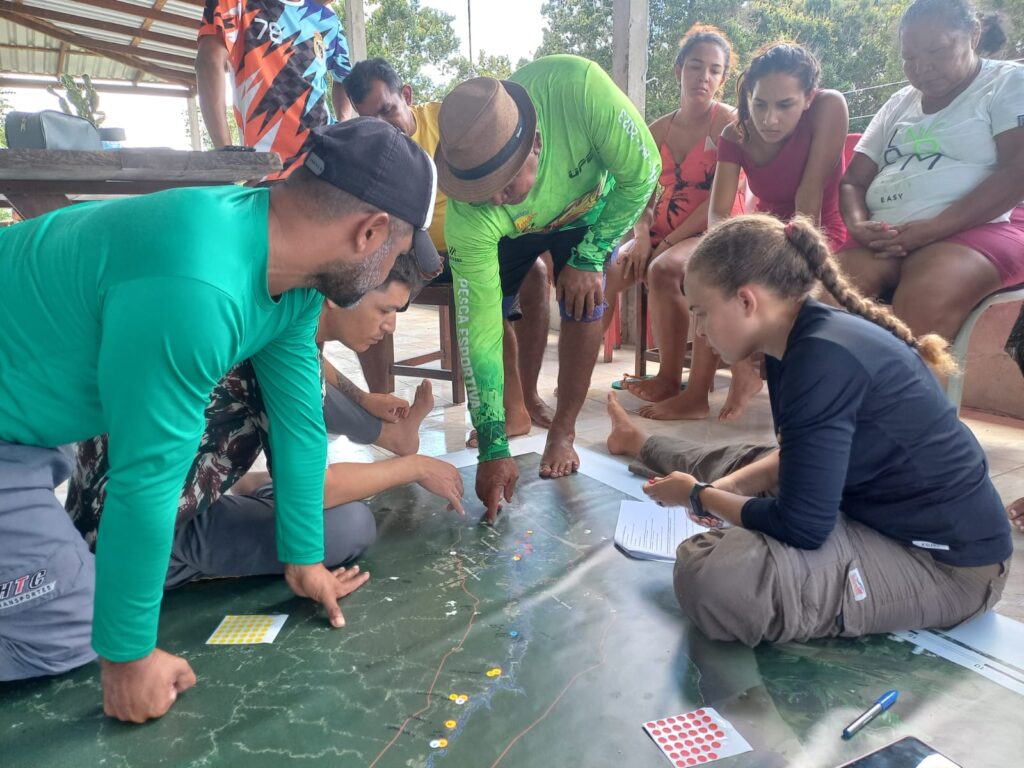
In the Amazon, the first Fishing Agreement began to be informally discussed in order to solve conflicts between riverside communities and large commercial fishing fleets, at least 50 years ago. However, it was only from 2011 onward that some of these agreements have been formally recognized by government agencies in the state of Amazonas and have become legal status through Normative Instructions.
These laws aim to establish protected fishing zones, catch limits, regulation of fishing gear, closed seasons for species reproduction, and measures to combat illegal and predatory fishing. In addition, it can include provisions for the conservation of aquatic habitats, such as spawning and feeding areas, as well as measures to mitigate the impacts of pollution and environmental degradation.
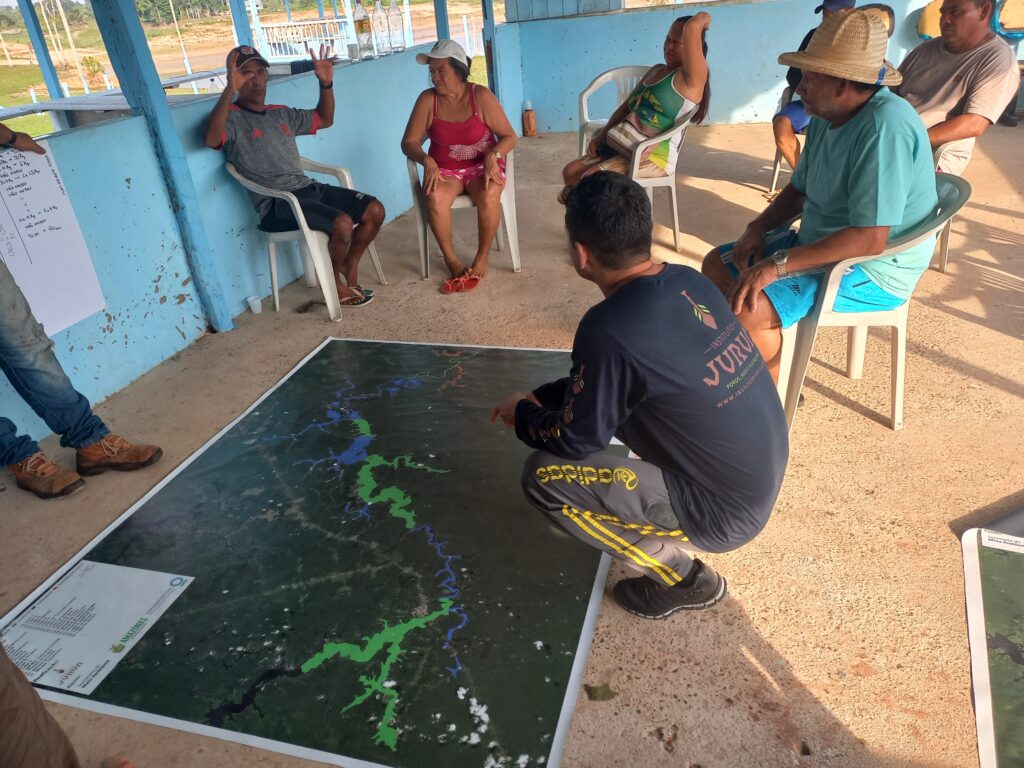
Instituto Juruá, in partnership with the Amazonas State Secretariat for the Environment (SEMA) and Conservation International (CI), recognizes the importance of these arrangements for conserving aquatic ecosystems and maintaining the livelihoods of traditional populations. In addition, diagnoses of the current operating status of nine Fishing Agreements are being conducted in the state of Amazonas since the end of 2023. The agreements ,where the work has been carried out, were selected by SEMA and are distributed throughout the state in the municipalities of Santo Antônio do Içá, Careiro Castanho, Careiro da Várzea, Autazes, Coari, Beruri, Tapauá, Manaus, and some of them even cover the territory of up to three municipalities, such as the lower Rio Preto fishing agreement, which covers the territories of Rio Preto da Eva, Manaus, and Itacoatiara.
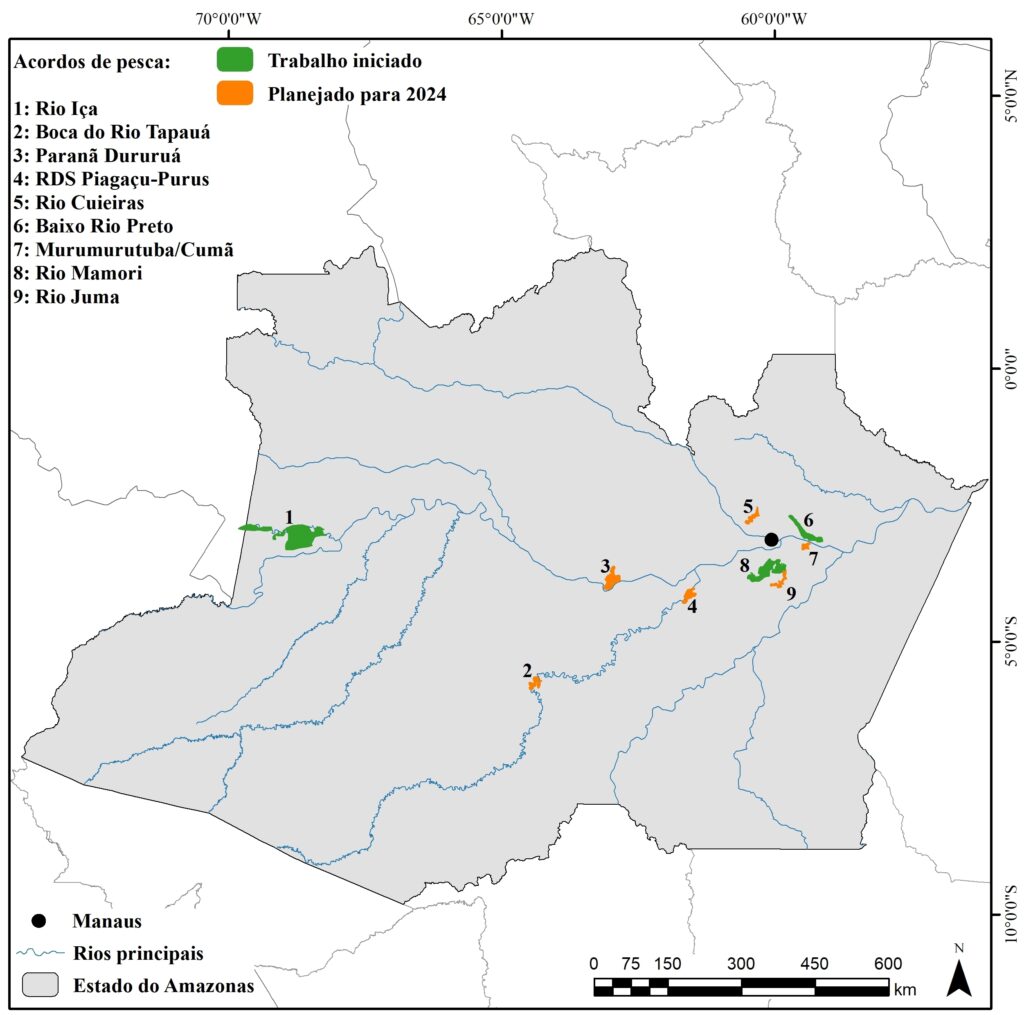
The diagnostic process basically involves three stages: conversations with local leaders and representatives of civil society organizations; holding community meetings; and finally, individual interviews with fishermen and fisherwomen, who are the beneficiaries of the agreement areas. At each stage, Instituto Juruá researchers seek to gather data on the communities’ infrastructure, local governance, fishing production, family income, local economy, types of fishing, conflicts and perspectives on the agreement. With this data collected, the team will be able to list factors that directly influence the functionality of a fishing agreement; essential data for the construction of a monitoring protocol.
Although monitoring fishing agreements is mandated by legislation, the state government lacks the necessary tools for this process. Therefore, creating a comprehensive monitoring protocol for fishing agreements is crucial for long-term oversight of the benefits and conflicts arising in each region. This tool will empower the Amazonas State Secretariat for the Environment to make strategic decisions aimed at strengthening the Amazonas Fishing Agreements.
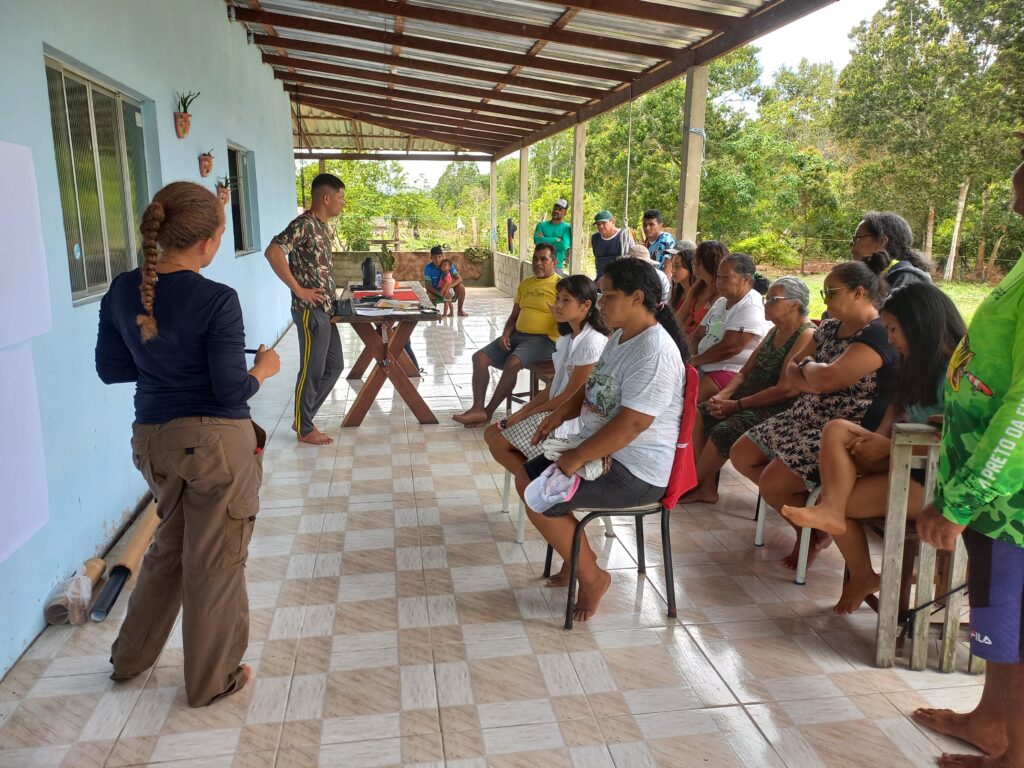
Instituto Juruá believes that promoting sustainable fishing and the conservation of aquatic resources through a fisheries agreement not only protects the unique biodiversity of the Amazon but also contributes to the livelihoods and well-being of local communities that depend on fishing for their quality of life. Additionally, the conservation of Amazonian aquatic ecosystems plays a crucial role in regulating the global climate, maintaining water quality, and preserving biological diversity on a global scale.

